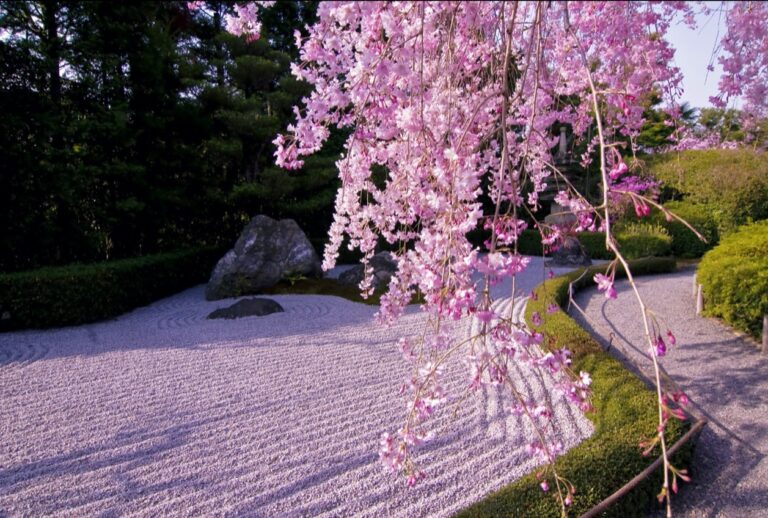
A Zen temple with a strict Zen style [Myoshinji Temple, Tenzoin]
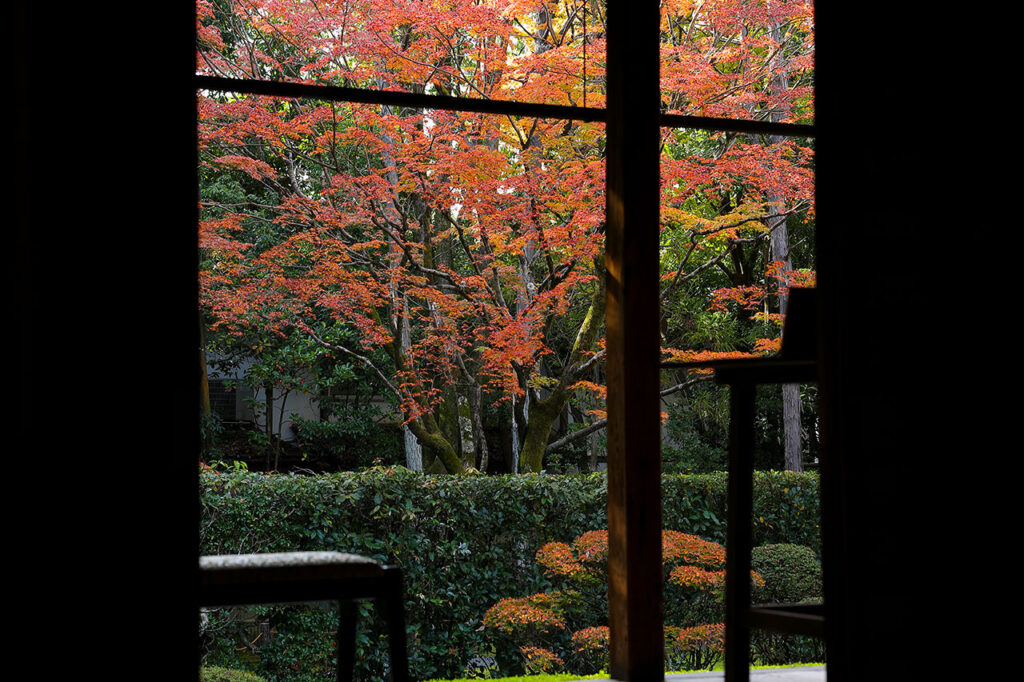

Keishun-in, a sub-temple of the Rinzai sect of Buddhism [Myoshin-ji], is also a must-see spot for autumn foliage that the locals know. This temple near the north gate of Myoshinji Temple was founded in 1598 by Hidenori Tsuda, the second son of Nobutada Oda.
These four gardens, known for their dry landscape gardens, have been designated as national historic sites of scenic beauty. It consists of four gardens: Kiyoshi no Niwa, Wabi no Niwa, Shii no Niwa, and Shinnyo no Niwa. In autumn, you can enjoy the autumn leaves in Shinnyo no Niwa, Shii no Niwa, and the Shoin relocated from Nagahama Castle.
In addition to the garden, pay attention to the cultural and artistic aspects, such as the fusuma painting "Kinhekimatsu Mikazuki" by Sansetsu Kano, the second generation of Kyoto Kano, and the tea room of the Yoken school of tea ceremony (not open to the public).
Purify in the garden of purity, feel the wabi in the garden of wabi, set up zazen in the garden of thought, and attain enlightenment in the garden of Shinnyo.
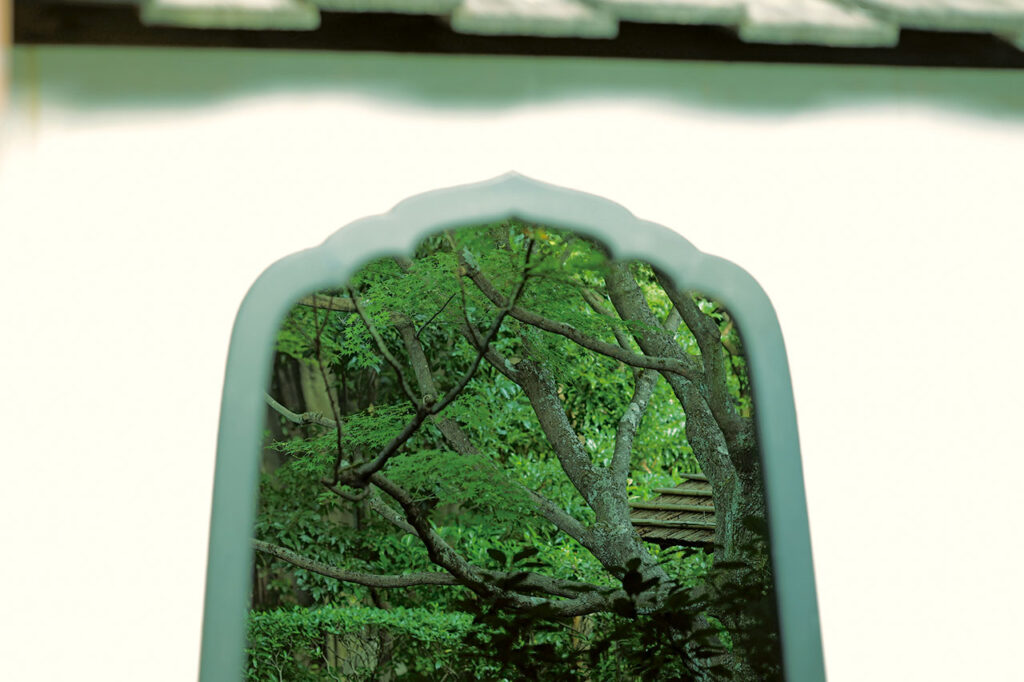

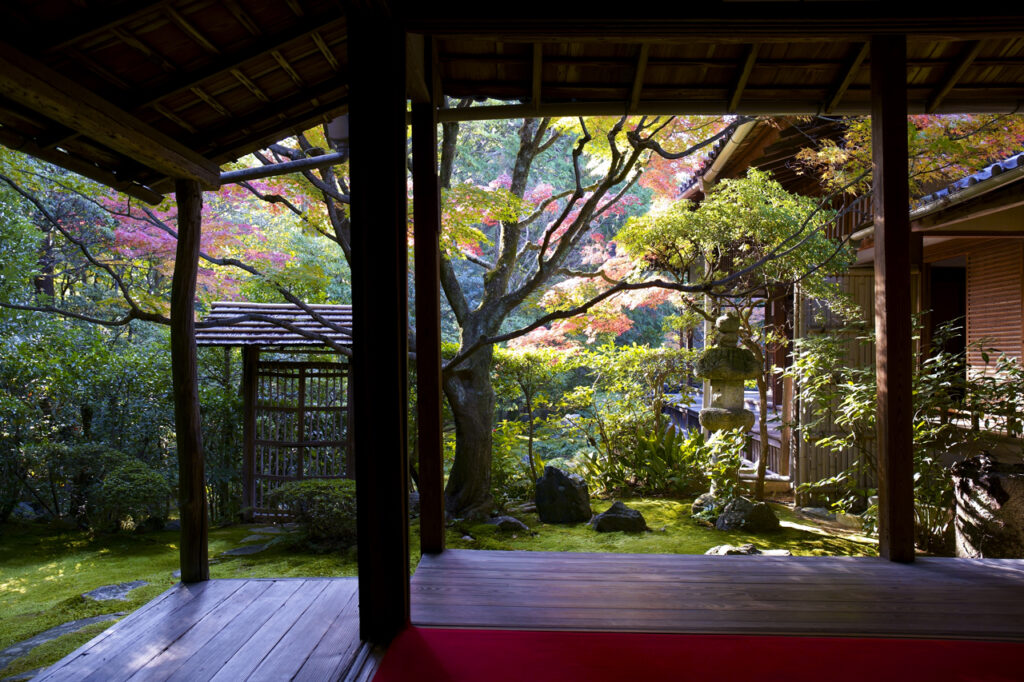

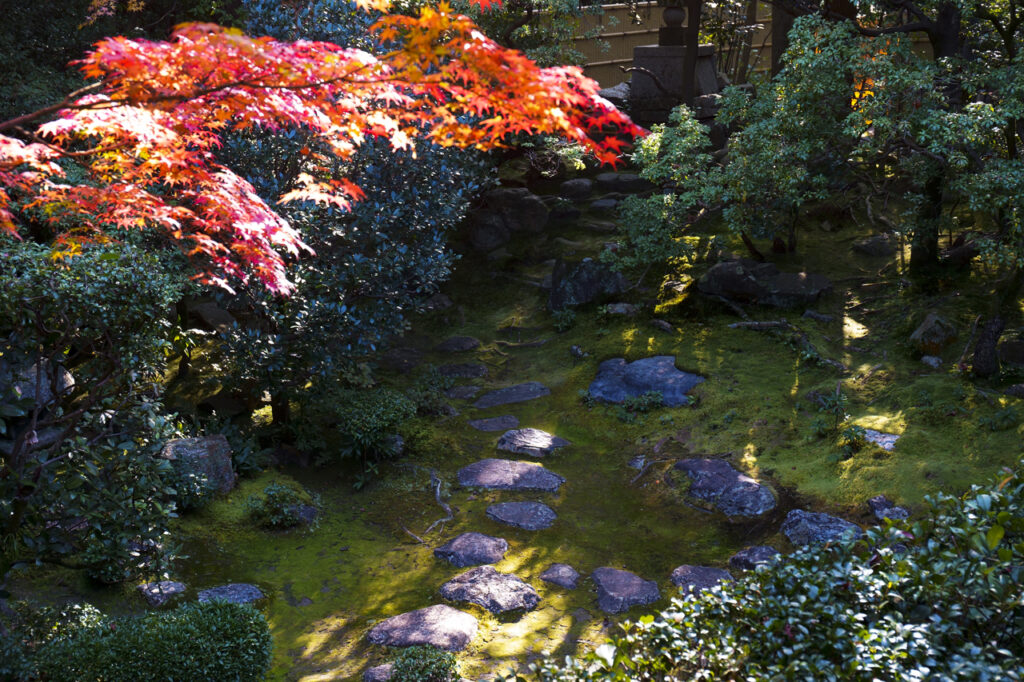

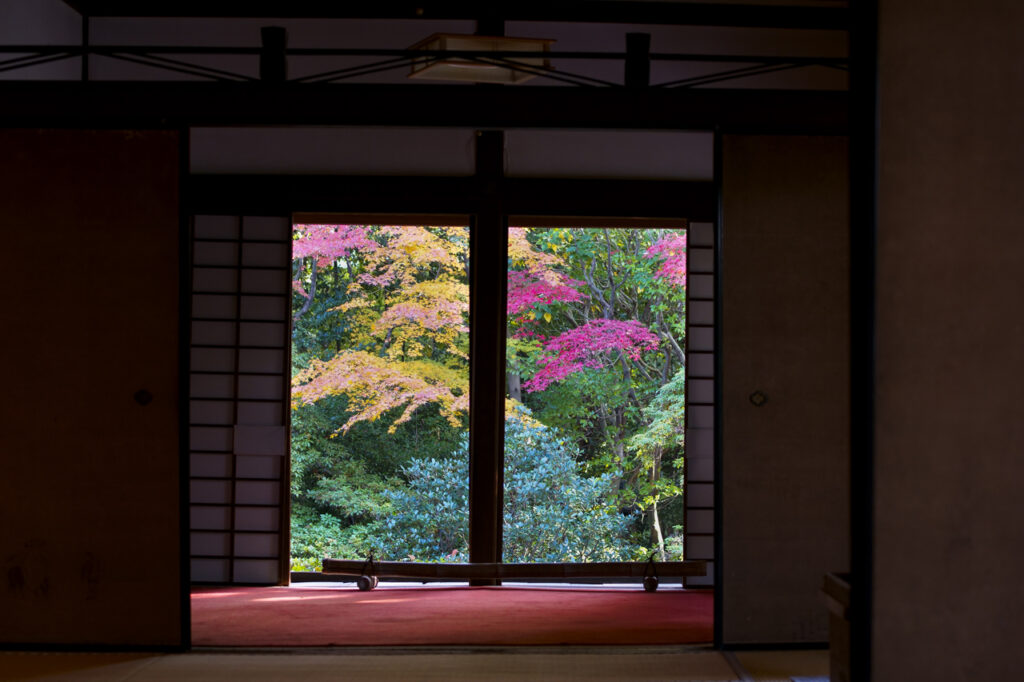

The study was relocated from Nagahama Castle in 1631 (Kanei 8), and there is a tea room (closed to the public) that Yoken Fujimura liked.
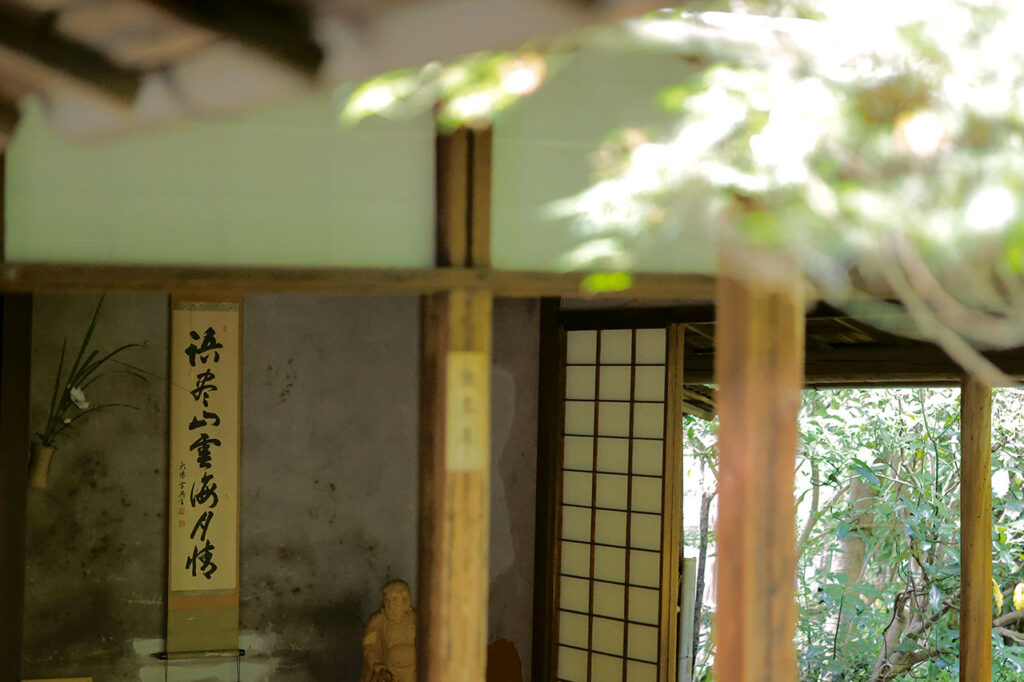

All of the fusuma paintings remaining in Keishun-in are said to be the works of Kano Sansetsu. Among them, “Kinhekimatsu Mikazuki” is a fascinating and gorgeous work.
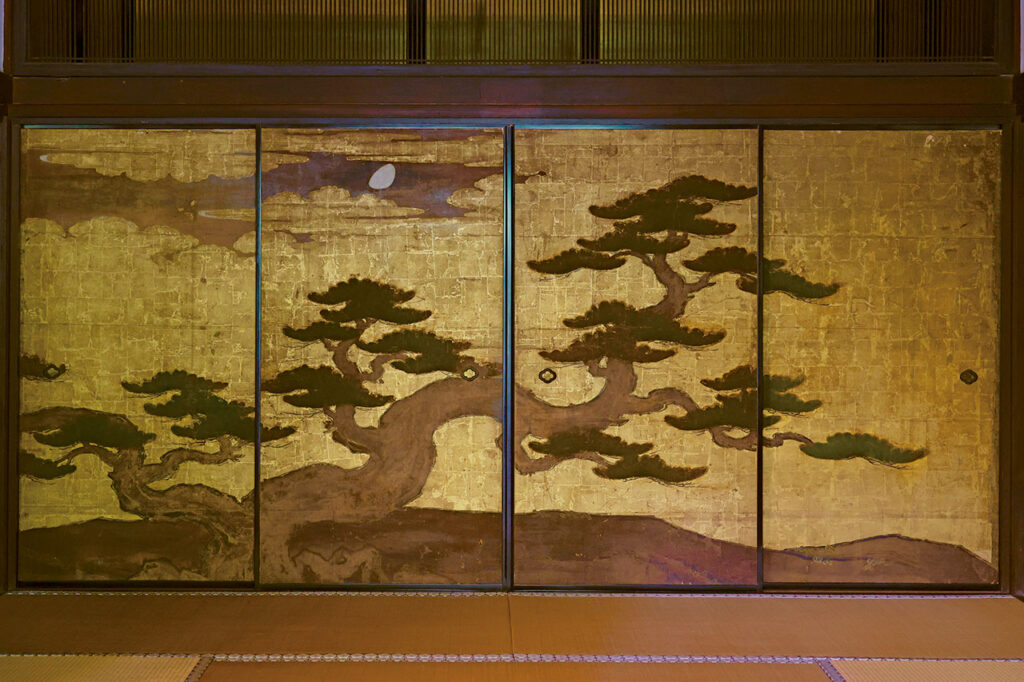

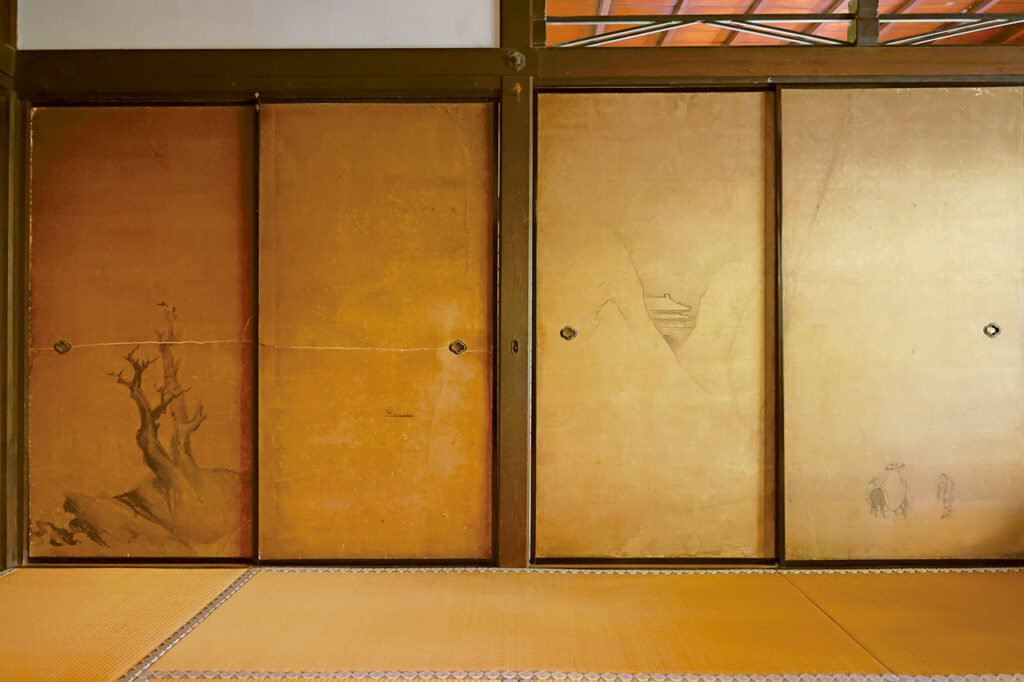

At the Shoin, where there is a hidden tea room of the Yoken Fujimura style, you can get a set of matcha green tea and sweets for 500 yen. The matcha is from [Ryuouen Tea Shop], and the sweets are from Kyoto's famous confectionery "Kogetsu". Sweets change with the seasons.
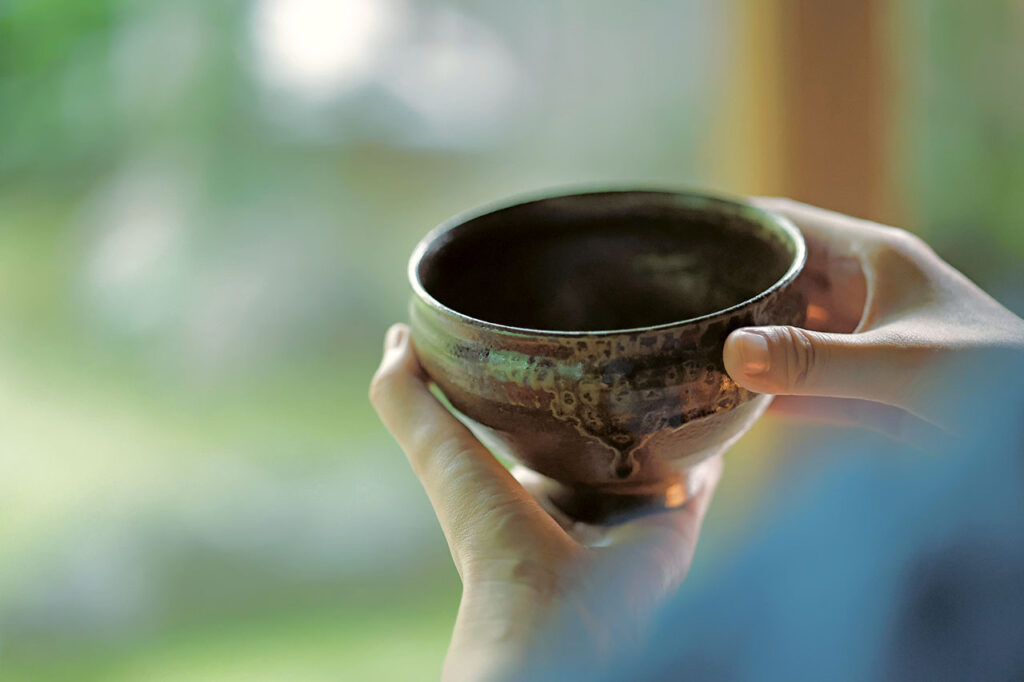

The Goshuin, which is known to change every month, is a joint work of a husband and wife, where the chief priest selects Buddhist words and writes them down, while his wife creates hand-carved stamps.
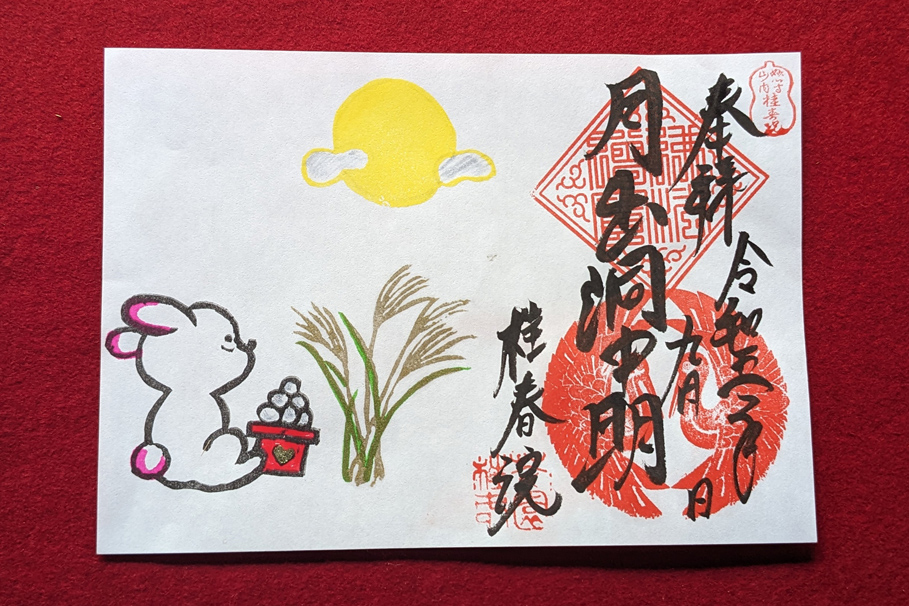

Over 600 interviews per year! An order site carefully selected by the editors who knows Kyoto and Shiga.
nowOfficial LINE friend registration500 yen OFF coupon is being issued!
Distributed every Friday morning at 8:00 am! From new restaurant information to event information that we want to share with you, We deliver articles about Kyoto that are useful to know. About 20,000 people have registered.Click here to add a friend!
 News
News Feature article
Feature article Featured event
Featured event